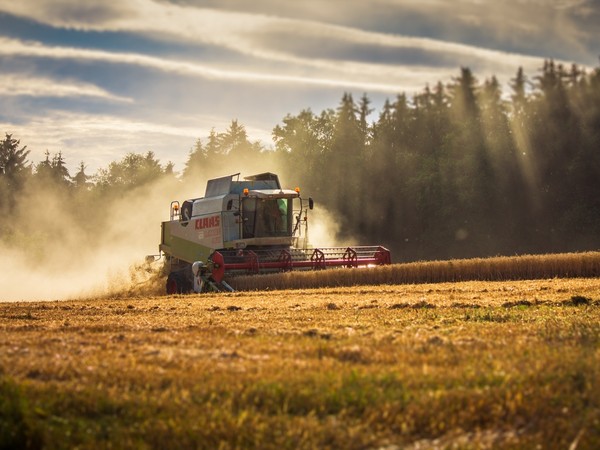The increase in global agricultural production related to the rising demand for food and agricultural commodities will have inevitable negative impact on biological diversity in agricultural regions. However, the intensified use of existing cropland would impose lesser risk on the surrounding environment than further expansion of arable land. These are the results of a study conducted by researchers from the UP Faculty of Science and three research institutes in Germany. The study appeared in the journal Nature Communications.
The researchers involved in the study, evaluating the trade-offs between food security and the preservation of biodiversity associated with both strategies, set out to identify those areas in which it would be profitable, under projected climatic and socioeconomic conditions for the next decade, to increase agricultural production by intensifying or expanding the use of land for farming. They then created detailed models to explore what effects each of these strategies would have on biodiversity – i.e. the diversity of life in all its forms, levels, and combinations – as well as on global agricultural markets.
“Our results show that for a given rise in food production, the impact of cropland expansion on biodiversity is many times greater than that of the intensification scenario. This is because expansion can be expected to occur in those regions with the highest existing levels of biodiversity, mainly in Central and South America,” says Dr Tomáš Václavík from the Department of Ecology and Environmental Sciences at Palacký University in Olomouc. Near-term intensification of agriculture on existing cropland, on the other hand, primarily presents a threat to biodiversity in regions such as Sub-Saharan Africa, as he noted.
Agriculture is one of the major drivers of biodiversity loss worldwide. “Increases in production are almost always achieved at the expense of biodiversity. But whether and where production rises due to intensification or expansion of cropland does make a difference,” said Dr Florian Zabel of the Department of Geography and Remote Sensing at Ludwig Maximilian University in Munich.
However, while biodiversity is set at risk in those regions in which more food is produced, the study suggests that all parts of the world – including those in which the local rise is modest – will profit from the fall in food prices that ensues as a result of the overall growth in global production. “This result has potentially critical implications, because it suggests that, while all regions – including North America and the EU – will profit from sinking food prices, the threat to biodiversity is greatest in developing countries in the tropical regions," said Dr Ruth Delzeit of the Kiel Institute for the World Economy.
The scientists stated that effects of intensification and expansion are also predicted to play out differently within these regions. Intensification promises the highest gains in food security in some regions of the tropics, principally India and Sub-Saharan Africa. In contrast, the study sees inhabitants of Latin American countries such as Brazil as the primary beneficiaries of the advantages brought by lower food prices to cropland expansion. For, in this region, as the scientists warn, the expansion strategy presents an especially serious threat to biodiversity.
In addition, the study shows that most of the areas with high levels of biodiversity that are suitable for agricultural expansion and intensification in the coming years are not currently protected. “We therefore recommend the development of global mechanisms which will recognise land as a limited resource. Measures should be implemented to protect biodiversity in landscapes that are in use rather than focusing solely on protection sites," said Prof Ralf Seppelt of the Helmholtz Centre for Environmental Research in Leipzig. According to him, this is the only practicable way to achieve a balance between the conservation of existing biodiversity and the need to increase global agricultural production.
